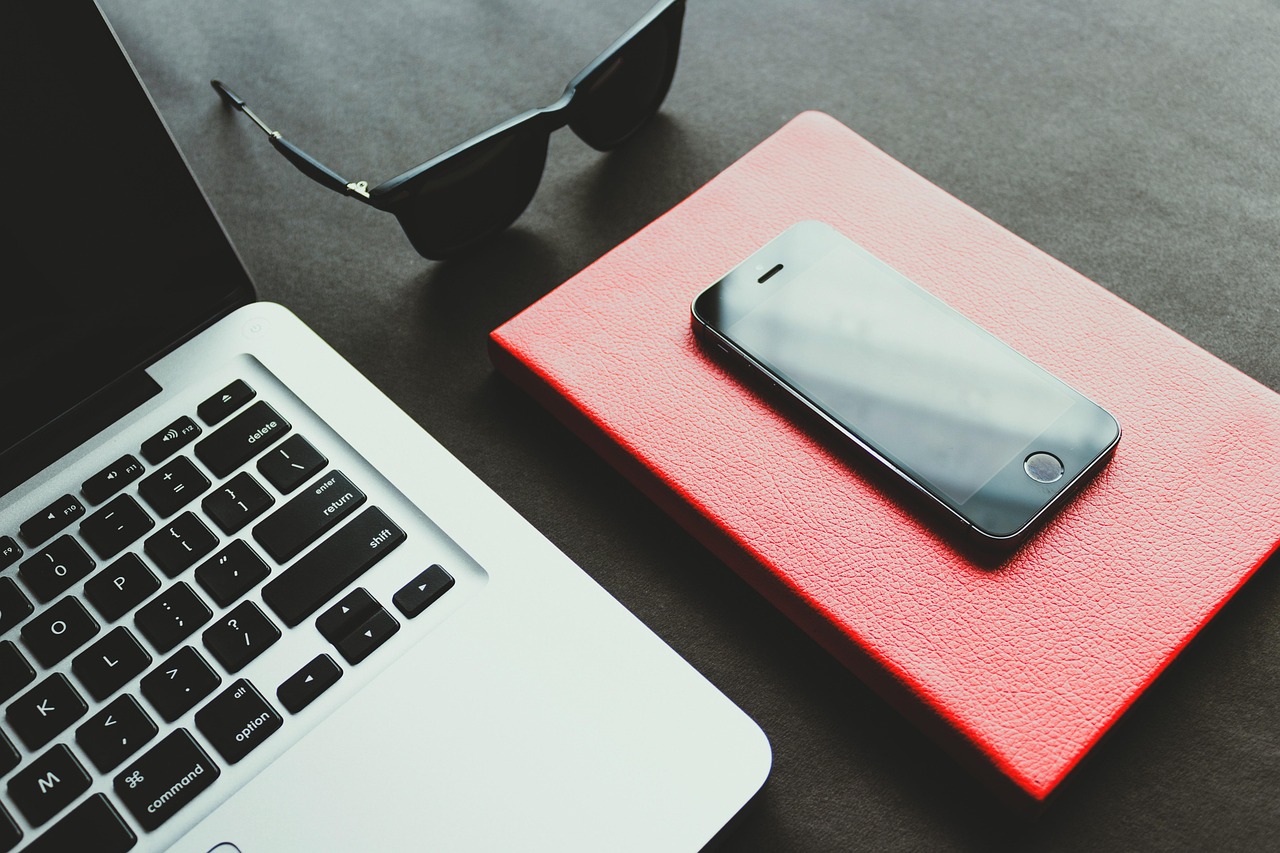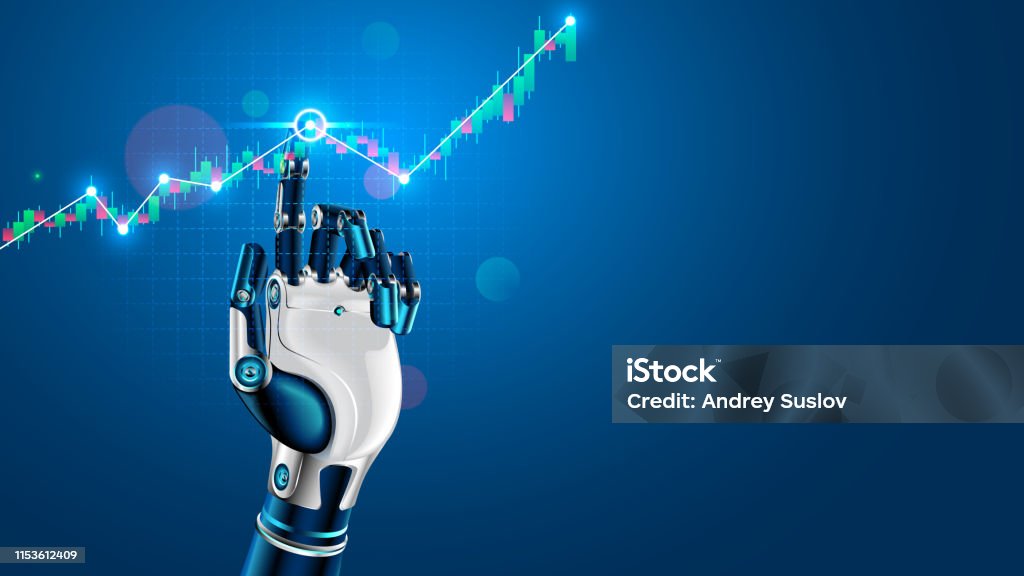The world of design is constantly evolving, and Artificial Intelligence (AI) is rapidly becoming an indispensable tool for designers across various disciplines. From automating tedious tasks to generating innovative concepts, AI design tools are revolutionizing the creative process. This blog post explores the exciting landscape of AI design, offering insights into its applications, benefits, and how you can leverage it to enhance your design workflow.
Understanding AI in Design
What are AI Design Tools?
AI design tools leverage machine learning algorithms to assist and augment the design process. These tools analyze data, learn patterns, and generate design solutions based on user input and pre-defined parameters. They can automate repetitive tasks, provide design suggestions, and even create entire designs from scratch.
The Rise of AI in Creative Fields
AI’s growing presence in creative fields is undeniable. Statistics show that the AI in creative market is projected to reach $1.9 billion by 2027, showcasing the increasing adoption and reliance on AI-powered tools. This surge is driven by the need for efficiency, personalized design, and the exploration of novel creative avenues.
Examples of AI-Powered Design Applications
- Logo Design: Tools like Looka and Tailor Brands utilize AI to generate logo options based on your brand’s identity and preferences.
- Website Design: Platforms like Wix ADI and The Grid leverage AI to create website layouts, suggest content, and optimize user experience.
- Graphic Design: Adobe Sensei powers many features in Adobe Creative Suite, including content-aware fill, object selection, and style transfer.
- UI/UX Design: AI can analyze user behavior and provide insights to optimize user interfaces and experiences.
- Interior Design: AI tools can generate 3D renderings of interior spaces based on user preferences and spatial constraints.
Benefits of Using AI Design Tools
Increased Efficiency and Productivity
AI design tools can significantly streamline the design process, freeing up designers to focus on more strategic and creative tasks.
- Automation of repetitive tasks: AI can automate tasks like image resizing, background removal, and content generation, saving valuable time.
- Faster prototyping: AI can quickly generate multiple design variations, allowing for rapid prototyping and experimentation.
- Improved workflow: Integration of AI tools into existing workflows can improve overall efficiency and collaboration.
Enhanced Creativity and Innovation
AI can act as a creative partner, helping designers explore new ideas and break through creative blocks.
- Generating novel design concepts: AI algorithms can generate unexpected and innovative design concepts based on user input.
- Suggesting design improvements: AI can analyze existing designs and provide suggestions for improvement based on design principles and best practices.
- Exploring different design styles: AI can quickly generate designs in various styles, allowing designers to experiment with different aesthetics.
Data-Driven Design Decisions
AI can analyze vast amounts of data to inform design decisions and optimize user experience.
- User behavior analysis: AI can track user interactions and provide insights into user preferences and pain points.
- A/B testing optimization: AI can automate A/B testing and identify the most effective design variations.
- Personalized design experiences: AI can personalize design elements based on individual user preferences and behaviors.
Choosing the Right AI Design Tool
Identifying Your Specific Needs
The first step in choosing an AI design tool is to identify your specific needs and goals. Consider the following questions:
- What type of design tasks do you need help with?
- What is your budget?
- What is your level of technical expertise?
- What are your integration requirements?
Evaluating Features and Capabilities
Once you have a clear understanding of your needs, you can begin evaluating different AI design tools based on their features and capabilities.
- Ease of use: Choose a tool that is intuitive and easy to learn.
- Accuracy and reliability: Ensure that the tool provides accurate and reliable results.
- Customization options: Look for a tool that offers sufficient customization options to meet your specific needs.
- Integration with existing tools: Choose a tool that integrates seamlessly with your existing design workflow.
Trial and Testing
Before committing to a particular AI design tool, be sure to take advantage of free trials or demos. This will allow you to test the tool’s features and capabilities and determine whether it is a good fit for your needs.
Examples of Popular AI Design Tools
Adobe Sensei
Adobe Sensei is an AI-powered engine that enhances various Adobe Creative Suite applications.
- Features: Content-Aware Fill, Object Selection, Style Transfer, Face-Aware Liquify
- Benefits: Streamlines repetitive tasks, enhances creative capabilities, integrates seamlessly with Adobe Creative Suite
Canva Magic Design
Canva’s Magic Design provides AI-powered design suggestions and templates.
- Features: AI-powered design suggestions, automatic layout generation, brand kit integration
- Benefits: Simplifies the design process, provides creative inspiration, creates professional-looking designs quickly
Uizard
Uizard is an AI-powered UI/UX design tool that generates designs from hand-drawn sketches.
- Features: Automatic design conversion from sketches, customizable templates, collaborative design features
- Benefits: Speeds up the UI/UX design process, allows for rapid prototyping, facilitates collaboration
Khroma
Khroma uses AI to learn your color preferences and generate personalized color palettes.
- Features: Personalized color palette generation, color blindness simulation, color contrast checking
- Benefits: Helps designers choose the right colors, ensures accessibility, creates visually appealing designs
Best Practices for Using AI Design Tools
Define Clear Objectives
Before using an AI design tool, it’s crucial to define clear objectives and expectations. What do you want to achieve with the tool? What are your goals for the design project?
Provide High-Quality Input
The quality of the output from an AI design tool is directly related to the quality of the input. Provide clear and concise instructions, and use high-quality data.
Don’t Replace the Designer
AI design tools should be used to augment and assist designers, not replace them. Human creativity and critical thinking are still essential for creating compelling and effective designs.
Iterate and Refine
AI-generated designs are often a starting point. Don’t be afraid to iterate and refine the designs to meet your specific needs and preferences.
Conclusion
AI design tools are transforming the creative landscape, offering designers unprecedented opportunities to enhance their productivity, creativity, and data-driven decision-making. By understanding the capabilities of these tools and adopting best practices, designers can leverage AI to create more innovative and impactful designs. As AI technology continues to evolve, its role in design will only become more significant, making it essential for designers to embrace and adapt to this exciting new era.




